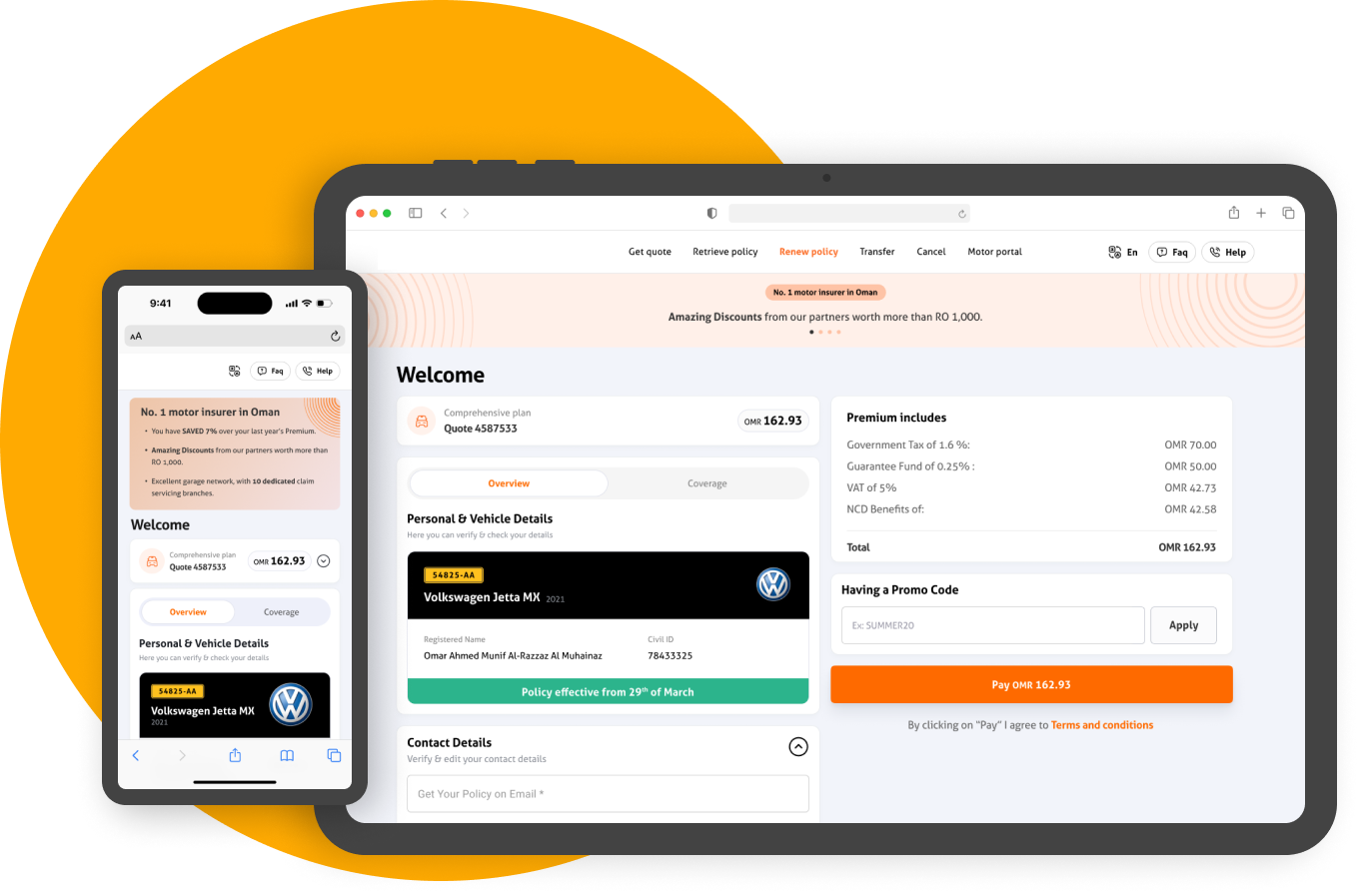Introduction: The Balancing Act of User Engagement in FinTech
In the digital transformation era, FinTech emerges as a beacon of innovation, redefining how financial services are delivered and experienced. According to McKinsey, digitally-engaged customers not only contribute to a higher volume of products but are also 37% more profitable. This article delves into the multifaceted nature of user engagement in FinTech, exploring how a deeper understanding of this concept can lead to unparalleled growth and customer loyalty.
Understanding the Ideal User Engagement in FinTech
True engagement in FinTech goes beyond mere app usage frequency. It’s a confluence of meaningful interactions, satisfaction, and value addition in the user’s financial journey. Acorns’ integration of micro-investment features, leading to a 25% increase in user activity, exemplifies the impact of embedding financial growth into everyday transactions. This approach transforms routine activities into opportunities for financial advancement, setting a new standard for engagement.
Benchmarking User Engagement: A Guide to Metrics
In the pursuit of optimal user engagement, FinTech platforms must consider a blend of traditional and nuanced metrics. While a 20% daily active usage rate is a strong indicator, deeper insights come from measuring the quality of user actions. App Annie’s insights show that top financial apps average over 8 minutes per session, indicating substantial engagement. This depth of interaction, whether it’s through exploring new financial tools or setting long-term goals, is a more authentic measure of user involvement.
Technological Leverage: Crafting Engaging Experiences
The infusion of AI and ML into FinTech has opened new avenues for personalized user experiences. Wealthfront’s remarkable growth to over $20 billion in assets under management is partly due to its AI-driven, customized financial advice. Such technology personalizes user interactions, making each engagement meaningful. Moreover, the rising effectiveness of chatbots in finance, as highlighted by Juniper Research, points to a future where instant, relevant communication enhances user satisfaction.
Success Stories: Learning from the Best
Analyzing the strategies of FinTech leaders like SoFi and Nubank offers valuable insights. SoFi’s impressive 90% retention rate can be attributed to its holistic platform approach. Nubank’s success, with its vast customer base of over 20 million, is a testament to the power of user feedback in refining and evolving the user experience. These examples underscore the importance of a user-centered approach in creating lasting engagement.
User Experience: The Heart of Engagement
User experience (UX) in FinTech is about demystifying financial services and making them accessible. TurboTax’s intuitive design, leading to a Net Promoter Score of 63, showcases the direct correlation between UX and user engagement. By turning complex tax filing processes into a simplified, step-by-step guide, TurboTax not only retains users but also garners their trust and loyalty.
Charting the Future of FinTech
As the FinTech landscape evolves, the centrality of user engagement in shaping future financial solutions becomes increasingly apparent. With the global digital banking market expected to reach $1.09 trillion by 2027, as per Allied Market Research, optimizing user engagement is not just a strategy but a necessity. Galaxy UX Studio stands at the forefront of this revolution, offering expert UX design services to transform FinTech solutions. In partnership with Galaxy UX Studio, FinTech companies can navigate this new era, ensuring their solutions are not just functional tools but integral, engaging components of their users’ financial lives.






















